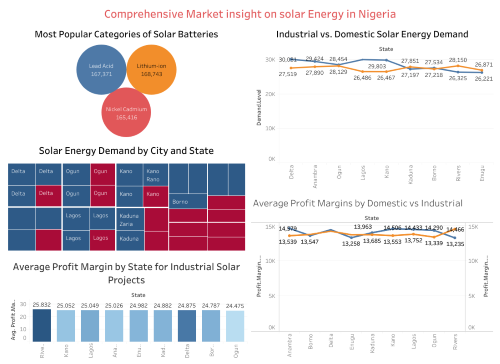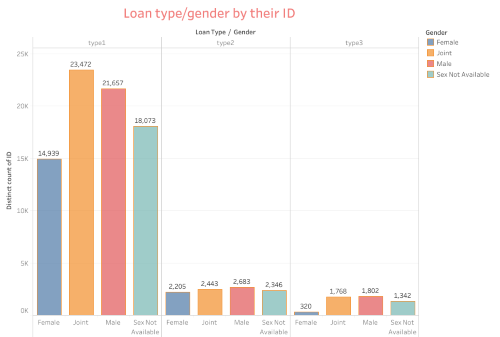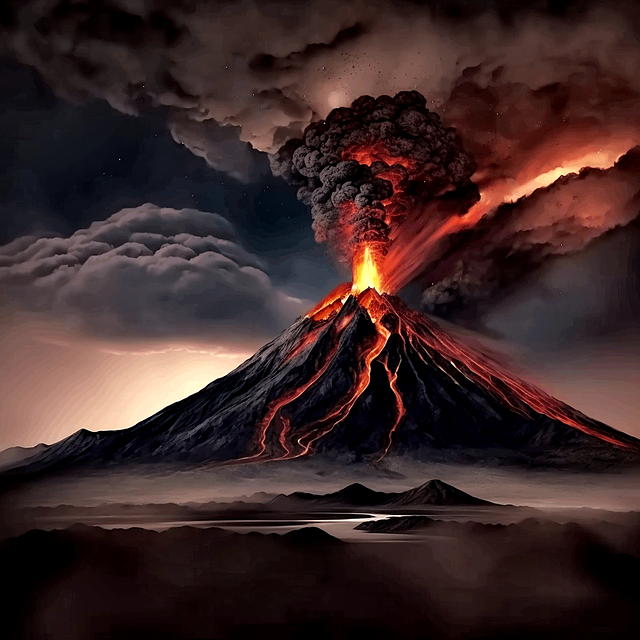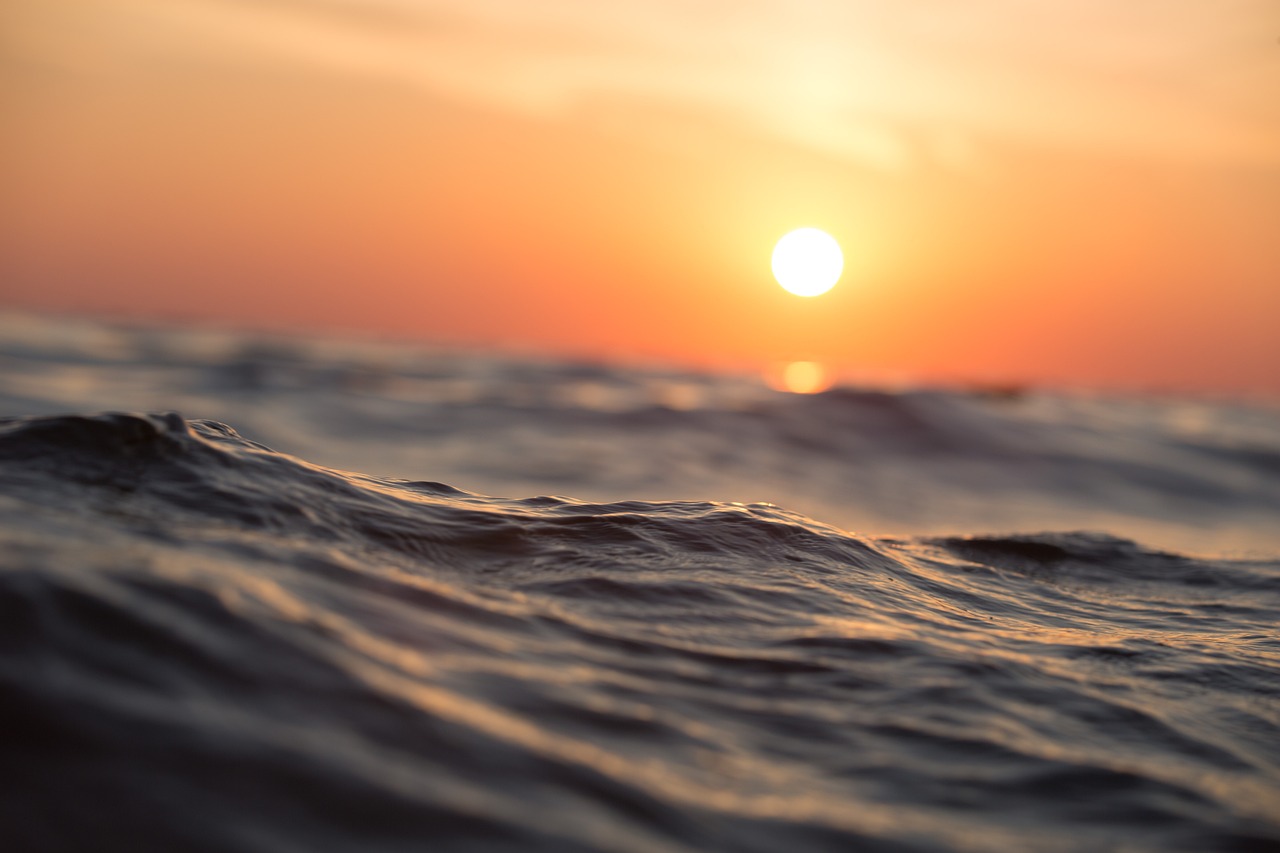Which Country Has the Worst Geography and Why?

In a world teeming with geographical marvels and natural wonders, there exists a question that piques the curiosity of intrepid explorers and armchair geographers alike: Which Country Has the Worst Geography and Why? Mongolia is in East Asia and has no access to the ocean or sea, it faces water and forest scarcity and the vast majority of the land is not suitable for agriculture, Harsh summers and winters, 1/3 is a desert, and Sandwiched between Russia and China
These are just a few snapshots of the worst geography our planet has to offer. But amidst the rugged terrain and harsh climates lies a fascinating tale of resilience, adaptation, and human ingenuity.
Embark on a journey with us as we unravel the mysteries of geography’s darker side and uncover the secrets behind the world’s most challenging landscapes.
From the towering peaks of the Himalayas to the sweltering sands of the Sahara, we’ll traverse continents and oceans in search of answers.
Along the way, we’ll encounter ancient civilizations, modern-day pioneers, and everything in between, each offering a unique perspective on the age-old question: Which Country Has the Worst Geography and Why?
Prepare to be captivated, intrigued, and perhaps even inspired as we navigate the twists and turns of this enthralling exploration.
The journey begins here, so grab your map and brace yourself for an adventure unlike any other.
Join us as we delve deep into the heart of geographical complexity, where every mountain, valley, and coastline tells a story waiting to be discovered.
Exploring the Notion of Worst Geography
When we discuss “worst” geography, we delve into the challenges posed by certain landscapes and climates.
These challenges can range from extreme weather conditions to limited access to resources, profoundly impacting the lives of those inhabiting these regions.
Defining Worst Geography
Parameters for Assessing Worst Geography
Assessing geographical challenges involves considering various factors such as terrain, climate, natural disasters, and accessibility.
These parameters help gauge the degree of hardship imposed by a particular geography.
Factors Influencing Worst Geography
Geographic hardship can be influenced by a myriad of factors, including geographical location, topography, proximity to water bodies, and susceptibility to natural disasters.
Understanding these factors is crucial in determining the severity of geographical challenges.
Geographical Diversity across the Globe
Highlighting Diverse Landscapes and Climates
The Earth boasts an astonishing array of landscapes and climates, from lush rainforests to barren deserts.
This diversity is a testament to the complex interactions between geological processes, climate patterns, and ecological systems.
The Impact of Geography on Societies
Geography profoundly impacts societies by shaping their lifestyles, economies, and cultures. Whether through agriculture, trade routes, or migration patterns, geography influences virtually every aspect of human civilization.
Case Studies: Other Countries Facing Worst Geography Challenges
Mountainous Terrain: Nepal’s Everest Conundrum
Nepal’s rugged terrain, dominated by the towering peaks of the Himalayas, presents Worst Geography’s unique challenges for infrastructure development and economic growth.
The steep slopes and harsh climate make construction difficult, while the threat of avalanches and landslides looms large.
Geographic Implications on Infrastructure and Development
The rugged terrain of Nepal poses significant obstacles to infrastructure development, hindering efforts to build roads, bridges, and other essential facilities.
As a result, many remote mountain communities remain isolated and underserved.
Cultural Adaptation to Rugged Terrain
Despite the challenges posed by Nepal’s mountainous terrain, its people have adapted ingeniously to their environment.
From terrace farming to yak herding, traditional practices reflect a deep understanding of the land and its resources.
Arid Regions: The Sahara’s Grip on Niger
Niger, situated in the heart of the Sahara Desert, faces the Worst Geography daunting task of combating desertification and water scarcity.
The relentless expansion of desert sands threatens livelihoods and exacerbates poverty in this arid region.
Coping Mechanisms for Desertification
Nigerien communities employ various strategies to cope with desertification, including drought-resistant crops, water conservation techniques, and reforestation efforts.
These initiatives aim to mitigate the effects of desert encroachment and preserve the fragile ecosystem.
Humanitarian Efforts Amidst Harsh Landscapes
International organizations and NGOs play a crucial role in providing humanitarian aid to Niger’s desert-dwelling populations.
From food assistance to sustainable development projects, these efforts seek to alleviate the suffering caused by extreme aridity.
Flood-Prone Lands: Bangladesh’s Battle with Monsoons
Bangladesh’s low-lying geography makes it particularly vulnerable to seasonal flooding, exacerbated by monsoon rains and rising sea levels making it one of the Worst Geography
The frequent inundation of land threatens lives, livelihoods, and infrastructure in this densely populated country.
Strategies for Managing Recurring Floods
Bangladeshi authorities implement various flood management strategies, including the construction of embankments, flood shelters, and early warning systems.
These measures aim to minimize the impact of floods and protect vulnerable communities.
Resilience of Communities in the Face of Natural Disasters
Despite the challenges posed by recurrent flooding, Bangladeshi communities demonstrate remarkable resilience in the aftermath of disasters.
Through collective action and community-based initiatives, they rebuild their lives and livelihoods, emphasizing the importance of solidarity in times of crisis.
Remote Islands: The Isolation of Kiribati
One of the Worst Geography landscapes is Kiribati, a remote island nation in the Pacific Ocean, which grapples with the dual challenges of geographical isolation and climate change.
Rising sea levels threaten to inundate its low-lying atolls, posing an existential threat to its inhabitants.
Accessibility Challenges and Economic Isolation
The remote location of Kiribati presents significant challenges in terms of accessibility and connectivity.
Limited transportation infrastructure and high transportation costs hinder economic development and exacerbate isolation.
Environmental Threats to Low-Lying Islands
Kiribati faces imminent threats from climate change, including sea level rise, coastal erosion, and saltwater intrusion.
These environmental challenges jeopardize freshwater sources, agricultural land, and the very existence of Kiribati’s island communities.
Tundra Conditions: Surviving in Greenland’s Icy Grasp
Greenland’s Arctic tundra, characterized by frozen landscapes and extreme cold, presents unique challenges for its inhabitants.
Adaptation to the harsh environment is essential for survival in this icy realm.
Adaptation to Extreme Cold Climates
Greenlanders have developed innovative strategies to thrive in their icy surroundings, including traditional hunting and fishing techniques, igloo construction, and clothing made from animal hides.
These adaptations reflect a deep understanding of the tundra’s rhythms and cycles.
Environmental Impact of Global Warming
Global warming poses a significant threat to Greenland’s tundra ecosystems, accelerating ice melt, permafrost thaw, and habitat loss.
The rapid pace of environmental change requires urgent action to mitigate its effects and protect the fragile Arctic environment.
Historical Context: How Geography Shaped Civilizations
Ancient Civilizations and Their Geographical Constraints
Throughout history, geographical constraints have shaped the development and expansion of civilizations.
From the fertile river valleys of Mesopotamia to the mountain strongholds of the Andes, geography has influenced settlement patterns, resource distribution, and cultural exchange.
Migration Patterns Influenced by Geographic Factors
Geographical features such as mountains, rivers, and oceans have influenced human migration patterns for millennia.
Whether seeking fertile land, strategic advantage, or new trade routes, people have navigated the Earth’s geography in pursuit of opportunity and survival.
Modern Challenges and Geographic Vulnerability
Urbanization and Its Strain on Limited Resources
Rapid urbanization places immense strain on limited resources, exacerbating environmental degradation, pollution, and social inequalities.
The concentration of population in urban centers highlights the need for sustainable development and resource management strategies.
Technological Advancements in Overcoming Geographical Barriers
Advances in technology have revolutionized our ability to overcome geographical barriers, from GPS navigation systems to satellite imaging.
These tools enhance our understanding of the Earth’s geography and facilitate communication, transportation, and disaster response on a global scale.
The Role of Government and International Aid
Governmental Policies for Mitigating Geographic Hardships
Governments play a crucial role in mitigating geographic hardships through policy interventions, infrastructure investments, and disaster preparedness measures.
Effective governance is essential for addressing the complex challenges posed by geography and climate change.
Global Initiatives to Address Cross-Border Geographic Issues
International cooperation is essential in addressing cross-border geographic issues such as climate change, deforestation, and water scarcity.
Multilateral agreements, diplomatic negotiations, and shared resources are vital for promoting sustainability and resilience on a global scale.
Environmental Impact: Geography’s Influence on Ecology
Biodiversity Hotspots and Conservation Efforts
Geography plays a pivotal role in shaping biodiversity hotspots, regions of exceptionally high species richness, and endemism.
Conservation efforts aimed at protecting these unique ecosystems are essential for preserving Earth’s biological diversity and ecological integrity.
Human Activities Altering Natural Landscapes
Human activities such as deforestation, urbanization, and industrialization have profound effects on natural landscapes and ecosystems.
The degradation of habitats, loss of biodiversity, and climate change are direct consequences of human intervention in the Earth’s geography.
Socioeconomic Implications of Geographic Challenges
Poverty Rates in Geographically Disadvantaged Areas
Worst Geography areas often experience higher rates of poverty due to limited access to resources, markets, and opportunities.
Addressing socioeconomic disparities requires targeted interventions aimed at improving infrastructure, education, and economic development in these regions.
Education and Healthcare Disparities Due to Geographic Isolation
Geographic isolation can exacerbate disparities in access to education and healthcare, particularly in remote and rural areas.
Innovative solutions such as telemedicine, mobile clinics, and distance learning programs are essential for bridging the geographical divide and ensuring equitable access to essential services.
Resilience and Innovation in the Face of Geography
Success Stories of Communities Overcoming Geographic Obstacles
Communities around the world demonstrate remarkable resilience and innovation in overcomingWorst Geography.
Whether through sustainable agriculture practices, renewable energy initiatives, or community-based conservation projects, these success stories inspire hope and drive positive change.
Technological Innovations Aiding Geographical Navigation
Technological innovations such as GIS mapping, drone technology, and satellite imagery revolutionize geographical navigation and exploration.
These tools empower individuals and organizations to navigate complex landscapes, monitor environmental changes, and respond effectively to disasters.
Conclusion
The study of geography reveals the intricate web of interactions between physical landscapes, human societies, and ecological systems.
From the highest mountain peaks to the deepest ocean trenches, geography shapes our world in profound and multifaceted ways.
Addressing Worst Geography requires holistic approaches that integrate scientific knowledge, policy interventions, and community engagement.
By working together, we can harness the power of geography to build a more sustainable and resilient future for all









